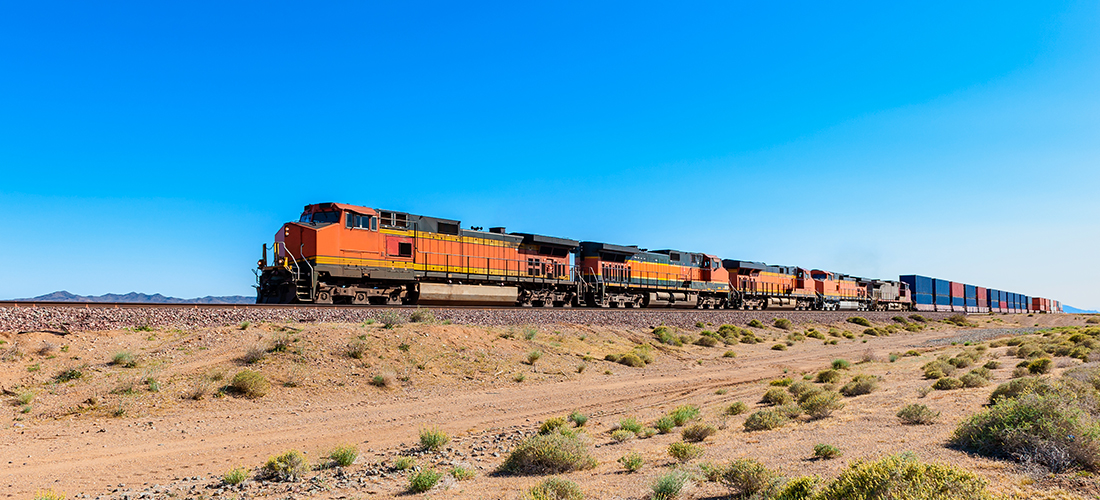Dubbed ‘the project of the century’ by Chinese president Xi Jinping at an international summit to launch the $900bn development project in May, the ‘One Belt, One Road’ initiative has been hailed by supporters as heralding the dawn of a new era in globalisation and economic revolution.
Others disagree, seeing the development as a form of power grabbing – questioning China’s geopolitical intentions and branding the scheme as costly and controversial since it first unveiled its economic expansion plans to open up new trading markets with this project in 2013.
One thing is clear: the improvements to land routes via the ‘Belt’ and maritime routes via the ‘Road’ will transform trade relationships and open up a wealth of new opportunities for import and export to western entrepreneurs.
Since the railway connection between Chongqing and Europe was finally completed in 2011, rail freight has increased exponentially, a strong indication of the need to establish closer ties for trade and expand infrastructure – two of the primary aims of the Silk Road project, which is top of the current pecking order in China’s foreign and trade policy.
The integration of European and Asian markets will offer significant benefits to Europeans, according to experts, who now know that the next step is to convince companies that the expanded trade routes will prove profitable.

